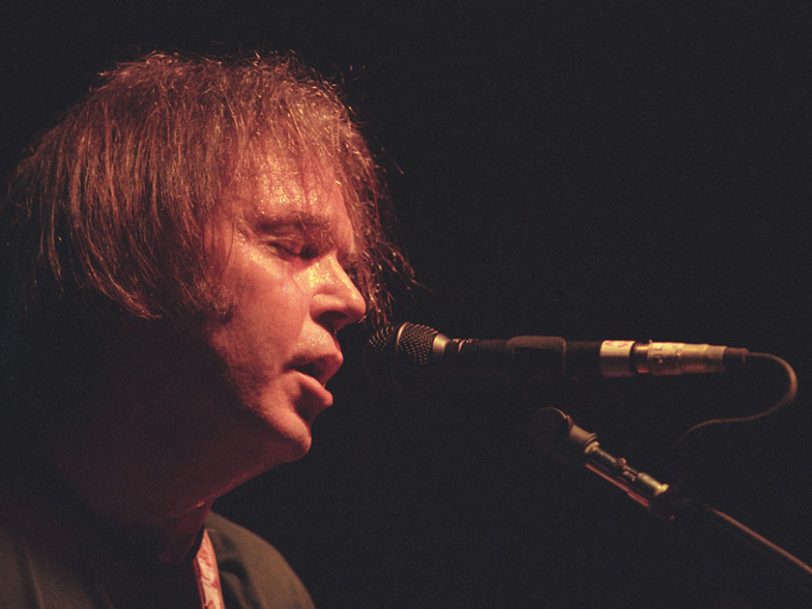1992’s Harvest Moon album became Neil Young’s most successful release in 20 years. Typically, though, it represented a musical U-turn for the Canadian singer-songwriter. The early 90s had found Young embracing the grunge movement and enjoying his status as a noise-loving father figure to Pearl Jam and Sonic Youth. While touring to promote 1990’s Ragged Glory, Young and his long-serving rock trio, Crazy Horse, were at their most fierce and wild, as evidenced by the following year’s live album, Weld, and its companion release, Arc.
“‘Harvest Moon’ is about making things last, how to keep the fire burning”
An introspective work of subtle beauty, with a sound that harked back to Young’s best-selling 1972 album, Harvest, Harvest Moon couldn’t have been more different from his recent outings with Crazy Horse. However, it provided a contrast that made total sense to Young, as he explained to Musician magazine in 1991: “That’s the way my life is – very extreme. I go from one opposite to the other. I don’t see how much further than Arc [35 minutes of feedback edited together from the Ragged Glory tour recordings] I could go into a metal-crazed kind of expression. I think I pushed the envelope on that one.”




